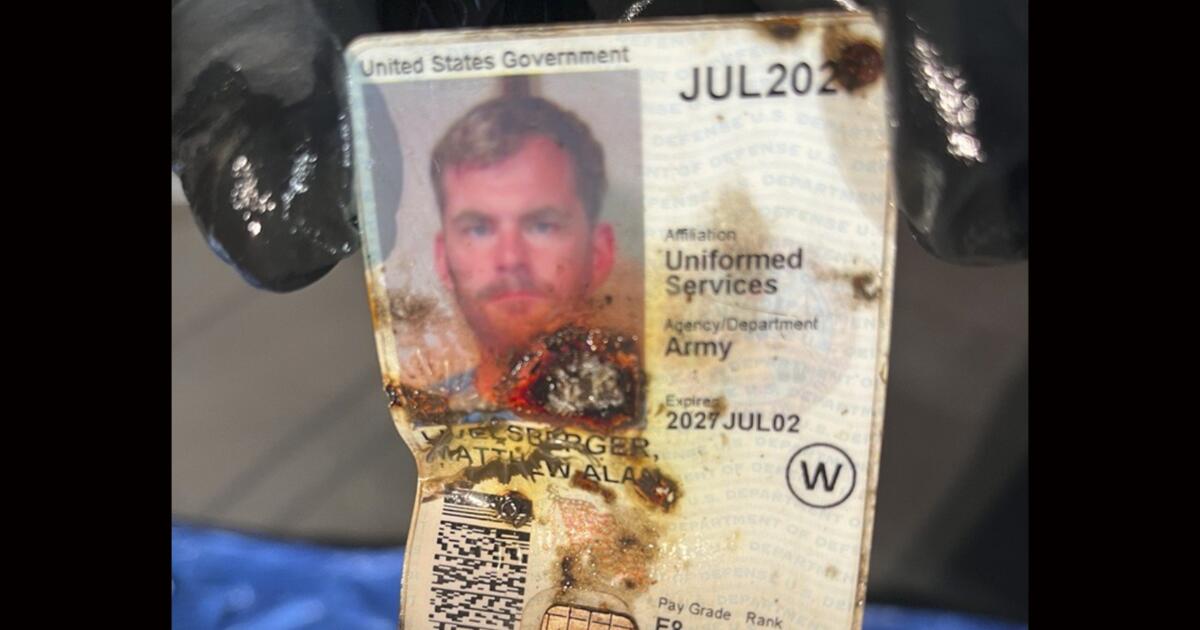Los Angeles is seeing the second driest period in history, the data shows
Los Angeles will end the year breaking records after enduring one of the driest periods on record, a result of the lingering effects of La Niña, weather officials said.
Despite starting the year with historic rainfall levels, an extended drought has blanketed Southern California since the spring, bringing severe drought conditions that have fueled several wildfires in recent months.
In downtown LA, from May 6 to Dec. 31, the area received only 0.16″ of rain, making this seven-month period the second driest in LA history, according to data from the National Weather Service.
The only period that exceeded this dry spell was 1962 when the city area received only 0.14 inches during the same seven-month period.
The driest periods on record for the LA metropolitan area from May 6 to Dec. 31:
|
Level |
Expiration Date |
Total Rainfall: May 6 to Dec. 31 |
|
1 |
1962-12-31 |
0.14 |
|
2 |
2024-12-31 |
0.16 |
|
3 |
1903-12-31 |
0.45 |
|
4 |
1929-12-31 |
0.47 |
|
5 |
2017-12-31 |
0.52 |
|
6 |
1958-12-31 |
0.55 |
|
7 |
1917-12-31 |
0.64 |
|
8 |
1975-12-31 |
0.68 |
|
9 |
1956-12-31 |
0.92 |
|
10 |
1980-12-31 |
0.98 |
During a La Niña year, winter temperatures are warmer than normal in the south and cooler than normal in the north. The situation could have global impacts on weather, wildfires, the environment and more, according to the NWS.
“During La Niña events, the trade winds are stronger than normal, pushing warm water towards Asia,” explains the NWS. “On the west coast of the United States, upwelling increases, bringing cold, nutrient-rich water to the surface. This cold Pacific water pushes the jet northward and tends to lead to drought in the southern US and heavy rains and flooding in the Pacific Northwest and Canada.”
In recent years, the weather has brought severe drought conditions to Southern California, promoting dangerous wildfire conditions.
In the coming new year, the chance to end the drought may come soon with a storm that could head for California around New Year's Day or the first week of January, according to Todd Hall, senior meteorologist at the NWS offices in LA. and Oxnard.
Copyright 2025 Nexstar Media, Inc. All rights reserved. This content may not be published, broadcast, rewritten, or redistributed.
For the latest news, weather, sports, and streaming video, go to KTLA.
Source link



